
Turfgrass and ornamental pest control hobbyist are unique in the pest control industry because of the many different kinds of pest organisms that must be managed to maintain a healthy yard. These can include any of the following groups:
- Pests can be microbes, which can include disease causing viruses, bacteria and fungi.
- They can be simple one-celled organisms like algae.
- They're also broadleaf and grassy weeds.
- They can be complex organisms like earthworms, nematodes and roundworms.
- Many insects from white grubs to sod webworms can be very damaging. Arachnids, including mites, can also cause damage to the turfgrass stand.
- Raccoons, squirrels and even deer must be managed to maintain a healthy stand.
The diversity of pests attacking both turfgrass and ornamentals that we manage causes the pest manager to use a vast variety of tools to maintain healthy plants. These tools will include deterrents, pesticides and cultural practices. The combination of these practices will allow us to limit the usage of pesticides as much as possible.

What is a Pesticide?
Pesticides play a major role in turfgrass and ornamental pest management. Pesticides are thought of as a chemical substance that kill a given animal or plant population. Today, we are beginning to see the introduction of a group of pesticides that are preparations of bacteria, fungi and viruses. Though they are not chemical compounds, they are true pesticides and are being collectively grouped as "biorationals." Pesticides can also be any compound that repels, attracts, sterilizes or regulates the growth of the pest in question.
Pests controlled with pesticides include any plant-, animal- or disease-causing organism that damages turfgrass, associated landscape plants, waters or buildings. Anything that bites, stings or bothers those using the turfgrass sites can also be considered a turfgrass pest. It should be noted that pesticides are not intended to nor should they be used to simply kill the pest.
The Ideal Pesticide
When choosing a product, one should think about what the ideal pesticide would be for the given pest. It would have rapid action on the pest yet be completely harmless to beneficial organisms, people, domestic animals, wildlife, water and all other aspects of the environment. Its residues would last only as long as necessary to create the desired effect, usually for a very short period of time. It would be easily prepared and applied, noncorrosive, nonstaining and have no odor. The ideal pesticide would also kill the pest in a number of different ways so that no resistance would occur.
We all know that the ideal pesticide does not exist, so we need to fully understand what we are trying to accomplish when applying a pesticide. We need to know the limitations of the products and choose the product that is best equipped to control the pest in question. This is the basis for a good integrated pest management program. A turfgrass management program will incorporate cultural and chemical methods to control what is going to potentially damage our turfgrass stand.
Turfgrass Pest Management
We are going to focus on the three most common turfgrass pests and their control: weeds, insects and diseases. Weeds are definitely the number one pest that affects healthy turfgrass stands in our region of the country. Therefore, the most frequently used pesticide for the turfgrass manager is an herbicide.
Herbicide Classifications:
- Systemic herbicides are either taken into the plant via the root system and transported thru the rest of the plant, or they are absorbed by the leaves and stems as a foliar spray and translocated to the roots.
- Contact herbicides work at the site where they come into contact with the plant and are not translocated within the plant.
The classification of the herbicide helps determine what the best formulation for the herbicide is and how it will be manufactured.
Herbicide Categories and Plant Life Cycles
Herbicides can also be categorized according to the time of a preferred application in the plantsʼ life cycles. They can be grouped as pre-emergence herbicides (before the plant emerges from the soil), and postemergence herbicides(after plant parts have emerged from the soil).
Pre-Emergence Herbicides
- To function properly, pre-emergence herbicides must be applied to the soil before the plants emerge or prior to seed germination. If target plants have germinated and emerged from the soil, pre-emergent herbicides are usually ineffective.
- Pre-emergent herbicides are taken into the plants' roots and systemically moved through the plant.
- Timing is critical with pre-emergent herbicides. For successful control, the applicator must be able to estimate the time of year when the target weed will germinate and emerge from the soil. This varies from area to area and species of weed.
- Pre-emergent herbicides are usually applied several weeks prior to the anticipated weeds growth.
Post-Emergence Herbicides
- Post-emergence herbicides are applied after the target plant has emerged from the soil. They can be applied as a contact foliar spray and absorbed by the plant through its root system.
- Applications made prior to emergence will usually fail.
- Contact herbicides are usually more effective on annual weeds and systemics are generally more effective on perennial types of weeds. This is mainly due to the perennial weeds ability to regenerate from its root system.
- A systemic post-emergent herbicide is translocated through the leaves to the roots and stems, allowing it to kill the entire target weed.
Selective and Non-Selective Herbicides
Another division that can be made between herbicide groups is the relative susceptibility they have on plants. This division separates herbicides into either selective or non- selective:
- Selective herbicides control broadleaf and an annual grasses but do not injure the turfgrass species when applied according to the pesticide label.
- Non-selective herbicides, as their name implies, kill or injure all types of plants that they contact. Non-selective herbicides are used where drastic renovation of the turf stand is required or in areas that are designated to be completely free of vegetation. Extreme care should be taken when using these products since run-off and drift can kill desirable plants.

Herbicide Modes of Action
Herbicides have several different modes of action. Each is unique in the way it affects the target plants. A general understanding is important to the turf professional in choosing which herbicide is best for specific situations, safety of the application and ultimately gives the client what they expect.
Amino Acid Inhibitors: They prevent treated weeds from producing essential amino acids. They are limited to foliar applications since they are inactive when mixed with soil.
- Cornerstone Plus (glyphosphate)
- Oust (sulfometuron)
- Image (imazaquin)
Cell Growth or Cell division Inhibitors: Cell growth or cell division inhibitors are usually soil-applied pre-emergence herbicides that disrupt the normal growth of plant tissue. This group is highly selective and only affects certain species of plants.
- Genep (EPTC) a shoot growth inhibitor
- Prodiamine 65 WDG (prodiamine) a root growth inhibitor
- Dimension 2EW (dithiopyr) a root and shoot growth inhibitor
Cell Membrane Disrupters: Cell membrane disrupters cause tissue desiccation (drying up). These are contact postemergence herbicides that require thorough foliar coverage for good control. These types of chemicals have increased efficacy in high temperatures and when target plants are in direct sunlight.
- Super (paraquat)
- Reward (Diquat)
- Basagran (bentazon)
Growth Point Disintegrators: They're applied as early postemergence herbicides and target the growing point of the turf plants. Most herbicides in this class are active on both annual and perennial grasses. Damage to plant nodes results in yellowing, reddening or other discoloration of the leaves. These products usually need an adjuvant to be successful.
- Acclaim (fenoxyprop-ethyl)
- Poast (sethozydim)
Growth Regulators: Growth regulators are some of the most common herbicides used in turf management. They can be both contact and systemic postemergence herbicides that distort or disrupt plant growth. Symptoms of grow regulators are bent or twisted stems, leaf cupping and dark coloration of the foliage beginning immediately after application. These are usually applied as foliar sprays although some have soil activity. Potential off-target injury is a problem with this category because of the formulations used. They are often highly volatile.
- Shredder 2-4 D
- Banvel (dicamba)
- Turflon (triclopyr)
Photosynthetic Inhibitors: Photosynthetic Inhibitors are mostly soil-applied pre- or post-emergent compounds that interfere with photosynthesis and thereby prevent food production in the plant. Foliar activity in these compounds is minimal and control must be from root uptake. These compounds have good persistence and vary between weeks to months depending on the amount.
- Princep (simizine)
- Hyvar XL (bromacil)
Pigment Inhibitors: Pigment Inhibitors are pre-plant or pre-emergence herbicides that work by preventing the formation of carotinoid pigments that protect chlorophyll from light. With the pigments, chlorophyll is destroyed, and photosynthesis is halted. This class exhibits both foliar and soil activity. Their primary use is as a pre-emergent and are effective on broadleaf and grass plants.
- Amitrole
- Ronstar (ozidiazon)
Disease Management: Turfgrass disease occurs when a pathogen enters either the root system or the leaves of a plant and causes a metabolic process to be disrupted.
- Fungicides are used to prevent disease-causing fungi from forming. Their applications are considered as a preventative or protective measure against the invasion of a variety of fungal species.
- Fungicides work either by inhibiting fungal spore germination or fungal growth.
Fungicides can be grouped by formulation:
- Inorganic Fungicides: Inorganic fungicides are formulated from various minerals such as copper and sulfur. These are base element pesticides that do not readily decompose in the environment. Their use in turf disease control has become limited in the last couple of years.
- Organic Fungicides: These are fungicides that are carbon bases and mostly synthesized in the laboratory. Organic fungicides have an advantage over inorganics. They are decomposed in the environment and pose little risk of long-term contamination.
Contact Versus Systemic Fungicides
- Contact fungicides protect those parts of the plant which they cover but do not protect other parts of the plant such as the roots, which cannot be accessed.
- Contact fungicides have multi-site activity and therefore have almost no resistance issues.
- Contacts also have very broad-spectrum activity and control a variety of fungi.
- The fungi can affect plant tissue that is not covered even after an application is made.
- Natural factors such as rain, chemical breakdown by sunlight, and microbial degradation can inactivate contact fungicides, thus shortening control.
- Systemic fungicides are taken into the plant via roots or other plant organs. As water moves up or down the plant, the fungicide is distributed to all parts of the plant. This process is called "translocation".
Advantages of Systemic Fungicides
- Mowing will not remove the entire chemical from the plant since some is stored in the roots and stems.
- Rainfall or irrigation cannot wash away the compound if the plant has been given the proper amount of time to absorb the fungicide.
- New growth will obtain some of the protectant that is translocated from other parts of the plant.
The main disadvantage is that they have a much greater possibility for resistance. This is due to the fact that most systemic fungicides have a very specific mode of action.
Classifications of Systemic Fungicides
- Benzimiazoles: Inhibit cell division of fungi
- Dicarboximides: Inhibit invasion of hyphae, the invading rootlike filament of the fungi.
- Sterol Inhibitors: Inhibit growth of the fungi biochemically. This is accomplished by disrupting the cell wall membranes.

Discussion of Common Yard Turf Diseases and Some Control Ideas
Turfgrass and Ornamental Insect Management
Insects as a turfgrass pest vary and are a much bigger problem in some parts of the country. They are an especially big problem in the Midwest and the South. In the dry arid climate, insect problems are not as great as in other parts of the country. Ornamental insect management is very diverse depending on the area of the country. Ornamental pests will often be confined to an area based on geography and common species of trees.
Insecticide groups:
- Inorganics: Inorganic pesticides are some of the oldest insecticides used. They are often called minerals because they're mined from earthen deposits before being refined and formulated. Most inorganics have very slow killing action and are mainly used in the structural pest control markets. Common types:
- Boric acid
- Diatomaceous earth
- Silica aerogels
- Organics: These are compounds that contain carbon as part of their molecular arrangement.
- Botanicals: Botanical insecticides are referred to as "natural insecticides" because they are derived from plants. Common types:
- Pyrethrum
- Rotenone
- Ryania
- Nicotine
Pyrethroids: Chemists have determined that pyrethrum is actually six distinct chemical molecules, all having similar structures. These materials have improved action when compared to natural pyrethrum. This improved action can provide better knockdown, improved killing power, vapor toxicity and especially a longer residual.
Neonicotinoids: Like the pyrethroids, chemists have found ways to synthesize compounds similar to the nicotine molecule. The benefits are extremely long residual and systemic activity.
Insect Growth Regulators: IGRs are compounds that inhibit any of a number of normal processes in the growth and development of insects. They generally have little toxicity to mammals because they disrupt processes that are very specific to insects. Common processes that are disrupted are:
- Juvinoids: Disruption of hormones necessary for development of immature insects
- Sterilization of adults
- Inhibition of the enzyme chitin synthase
Herbicide Facts and Information
A brief description of the roducts that are available through Phoenix Environmental Design Inc.
Pre-Emergent Granular Formulations:
- Snapshot: An excellent bedding pre-emergent for early spring applications to rock and mulch areas. Snapshot has two active ingredients for increased weed spectrum.
- Pendulum 2G: A more economical bedding pre-emergent for early spring applications. Pendulum is best on grassy weeds that are invading rock and mulch areas.
- Pre-emergent coated fertilizers: Multiple formulations are available.
Pre-Emergent Liquid Formulations
- Prodiamine 65WDG: A turf and bedding pre-emergent that can be applied in both the spring and fall time of the year.
- Pendulum Aqua-Cap: A turf pre-emergent for springtime. Aqua-Cap is a non-staining formulation of Pendulum and is best on grassy weeds.
- Surflan: A bedding pre-emergent that can be applied in the spring and at rates that will give you six months of control. Surflan is harmful to cool-season turfgrass, so it cannot be used as a turfgrass pre-emergent in this part of the country.
- Dimension 2EW: A turf and bedding pre-emergent that can be applied in the spring. Benefits are that Dimension is colorless and has some postemergent activity.
- Gallery: A turf and bedding pre-emergent that can be applied spring and fall. Gallery is the most effective broadleaf pre-emergent available. It can be combined with other common pre-emergents to increase the weed spectrum that is being controlled.
Post-Emergent Herbicides Selective Post-Emergent Herbicides
- Shredder 2-4 D Amine: A cost-effective way to control certain broadleaf weeds. Shredder is a 2,4-D amine formulation that has greater temperature sensitivity and lower volatility. Shredder can be added into tank mixes with glyphosate to increase broadleaf control with non-selective mixes.
- Strike Three: A cost-effective, three-way amine selective herbicide composed of 2,4-D, MECOPROP. It's an excellent lawn care herbicide with a large weed spectrum.
- 4 Speed XT: An ester-based selective herbicide composed of 2,4-D, triclopyr, dicamba AND pyraflufen-ethyl. 4 Speed XT is an excellent choice where immediate visual effects are desired. The addition of triclopyr increases the efficacy on hard-to-control weeds. This product also has a lower rate per acre than similar products like Speedzone, so the cost per acre is more economical.
- Horsepower: A non 2,4-D amine herbicide that that is composed of MCPA, triclopyr AND dicamba. Horsepower is a great choice when looking for a herbicide that has no 2,4-D but is still effective on hard-to-control weeds. The combination of triclopyr and a higher amount of dicamba gives Horsepower effective control on many noxious weeds that invade turf.
- Qincept: A combination postemergent herbicide that also contains quinclorac that will control invading grasses in turf. Quincept is a combination of 2,4-D, dicamba, AND quinclorac. Quincept will help control grass weeds in desirable turf while still giving good broadleaf weed control.
- Fiesta: An organic-based selective herbicide that can be used to control weeds in turf. Fiesta is a special formulation of a chelated iron source that will control broadleaf weeds but not damage the desirable turf. Product is able to be used in sensitive situations when the customer will not allow the usage of current registered.
Non-Selective Postemergent Herbicides
- Cornerstone Plus is a non-selective glyphosate formulation with 41 percent glyphosate and a full surfactant load.
- Roundup Pro Maxx is a non-selective potassium glyphosate formulation with a full surfactant load.
- Roundup Quick Pro is a special formulation in a dispersible granular formulation of glyphosate and diquat.
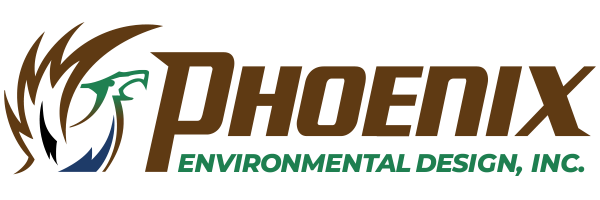
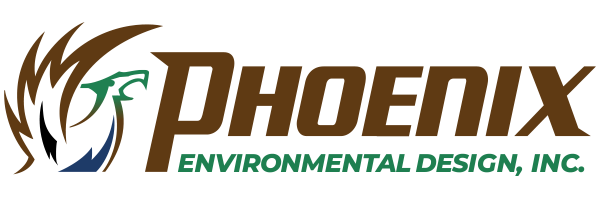

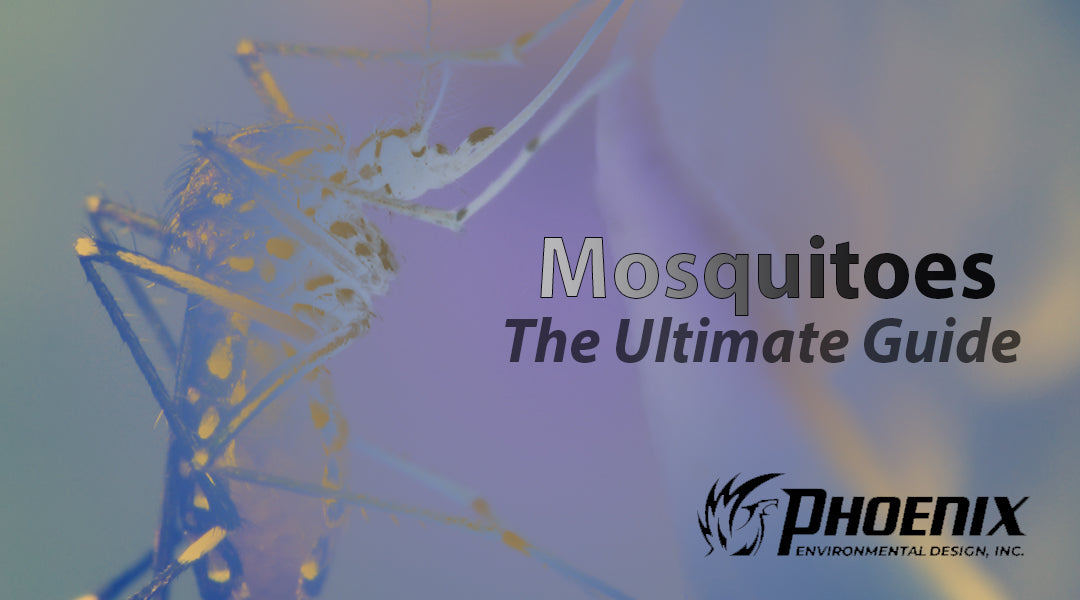
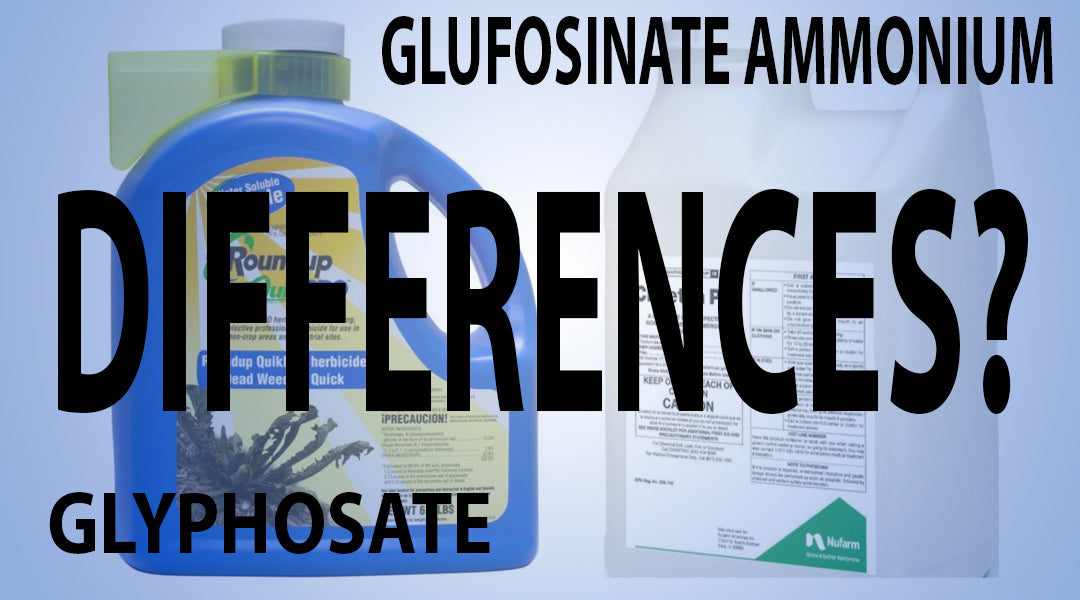
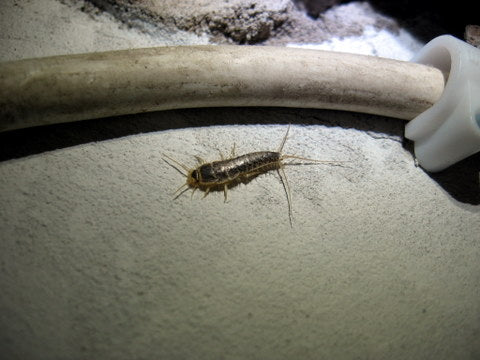
Leave a comment (all fields required)